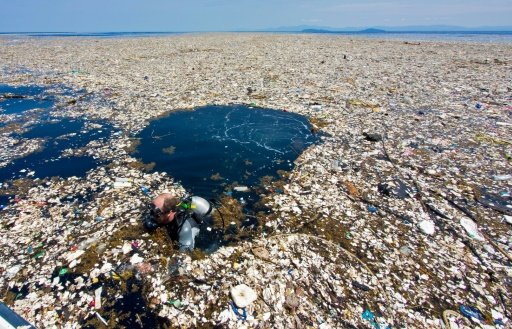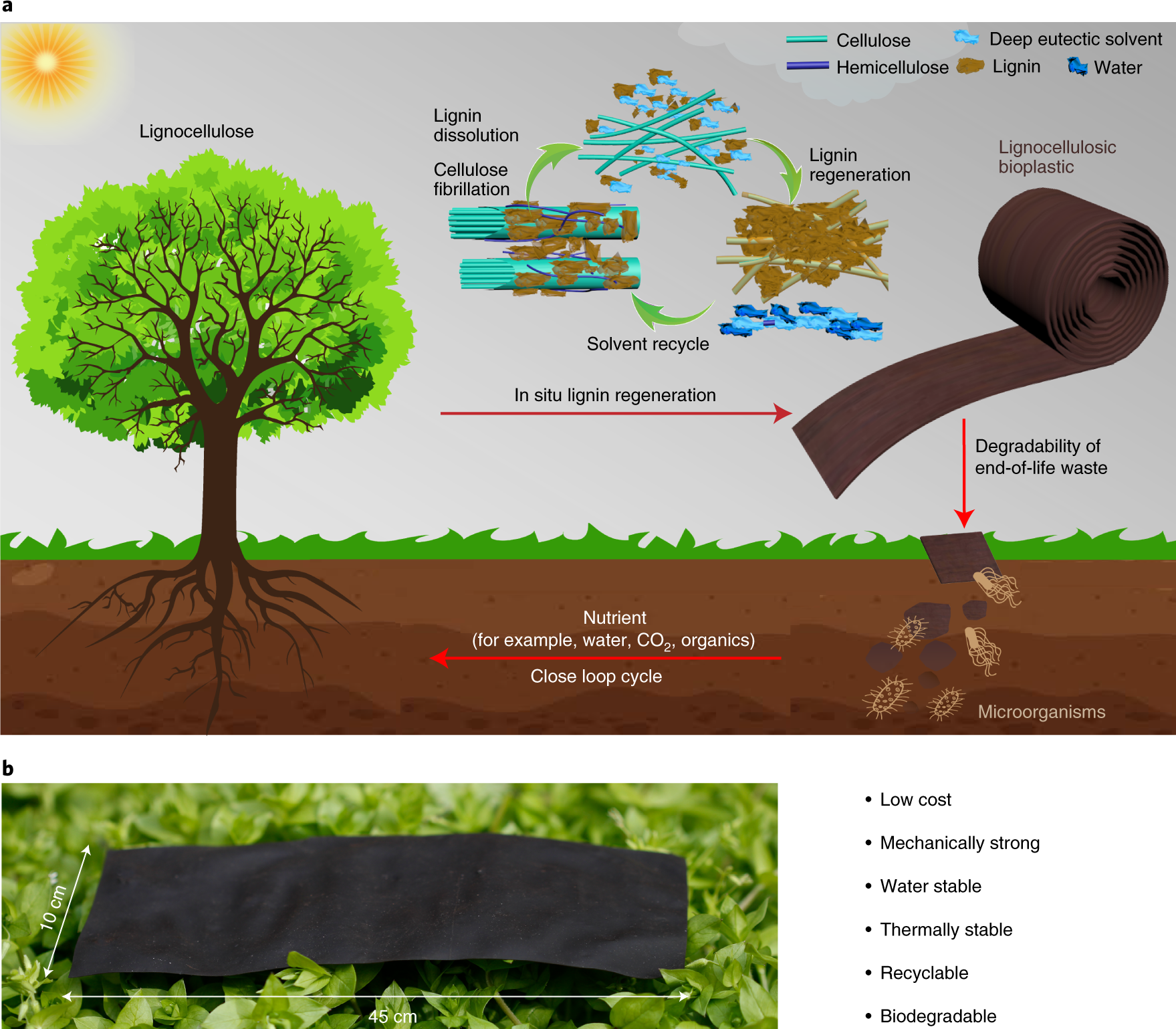From synthetic to bioplastics: A restorative frontier
The world we now know would not exist if we had not crossed the plastic frontier. The invention of plastics and their infinitely malleable nature has changed our world creating an abundant consumer society and advanced medical technology with safer and more sterile medical care. Little did we know that once plastic is created it exists in the environment for hundreds of years polluting the earth and breaking into smaller and smaller pieces called microplastics. Microplastics have been found everywhere from the air we breathe to the water we drink. Microplastics have even been found in amniotic fluid (Ragusa et al). The material that was initially praised as the savior of animals is now littering our environment, killing them. However, there is hope. As we have become aware of the negative effects of plastic on our environment and wildlife, countries and states have passed laws banning single use plastics in restaurants and stores. Scientists are working to create bioplastics, biodegradable plastics out of natural materials. Scientists have also discovered bacteria and fungi that can break down plastics. These new discoveries look promising in undoing some of the negative effects of plastics.

Above: Trash islands off Central America (phys.org)
Right: "A strong, biodegradable and recyclable lignocellulosic bioplastic" (Nature Sustainability)

